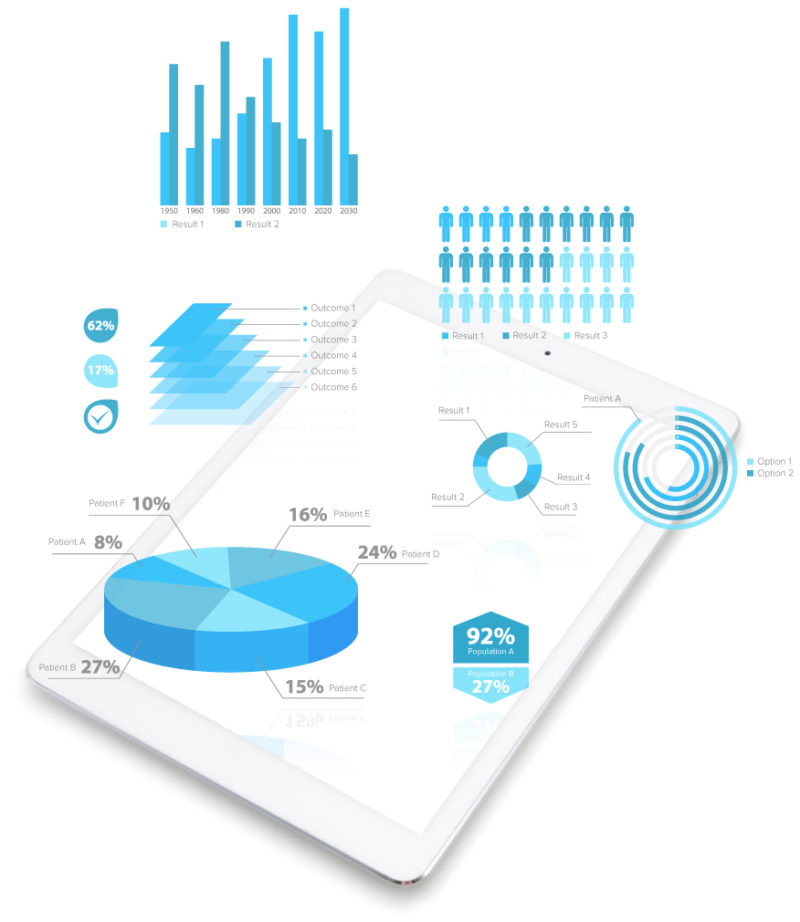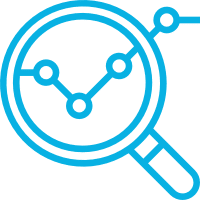
Healogics® has the scientific expertise to deliver the best patient outcomes.
The Healogics Wound Science Initiative is our commitment to use research to advance the science of wound care and continually improve treatment. Through our database of more than 5 million wounds and our partnerships with academic and scientific leaders, Healogics has become the foremost expert in evidence-based wound care, resulting in better wound care outcomes for our patients and provider partners.
We’re tackling the chronic wound problem.
Chronic wounds are often poorly understood and insufficiently treated. The chronic wound problem is growing rapidly due to an aging population and a sharp rise in chronic diseases, such as diabetes. These challenges, plus limited wound care research funding, a fragmented wound care industry, and pressure to improve patient outcomes and lower costs, indicate that chronic wound care research and data science deserve a higher priority. The initiative focuses on the following activities, all in the context of chronic wound-specific patient outcomes and treatment effectiveness:
Drive the Science of Wound Care
Create new, translate existing and share unique insights and research that drive the science of wound care.
Develop & Share from a Unique Perspective
Develop and share content from a unique wound care perspective.
Increase Awareness of Wound Care Challenges
Engage, educate and extend awareness of the complicated wound care challenge.
Why our Wound Science Initiative Matters to You and Your Patients
Providers want better outcomes at lower costs. Our Wound Science Initiative accelerates the speed of learning, so that we can identify the best treatments for individual patients more quickly and with far less guesswork. This means faster healing, which is good for both patients and providers.
-
Taking Advantage of Big Data
The more wounds we study, the more we learn about how ulcers begin, how they transform into wounds, and how they can be healed most effectively.
-
Data Sharing Increases Insight
We collaborate with academic and scientific leaders, integrating outside research into our own observations in order to deepen our understanding and drive innovation.
-
A Commitment to Keep Researching
Advances in wound care have already benefited millions of patients. But our vision is to be able to predict and prevent ulcers before they become a chronic wound.

Through data-driven research, we are healing more wounds.
Healogics will continue to advance the science of wound care with research on the risk of chronic wounds, the effect of nutrition on wounds and wound healing technologies. The Wound Science Initiative is improving patient outcomes and reducing waste and cost.
On the PBS series “Innovations in Medicine,” Healogics Chief Medical Officer Dr. William Ennis discusses the Wound Science Initiative and how we are working hard to increase the science, awareness and practice of wound care.
Wound Science Resources
Since the inception of the Healogics Wound Science Initiative in 2017, we have published multiple peer-reviewed manuscripts, delivered webinars, published several white papers and research briefs, partnered with leading advocacy organizations and collaborated with academic organizations on ground-breaking research projects.


